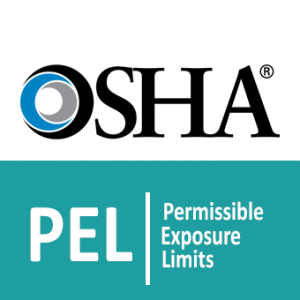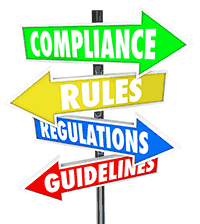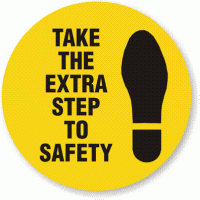The Occupational Safety and Health Administration (OSHA) was created with the adoption of the Occupational Safety and Health Act in 1970. OSHA set out to improve worker safety on a federal level by defining and enforcing workplace safety standards. Around this time, permissible exposure limits, or PELs, were established to ensure that workers are not exposed to elevated concentrations of chemical substances or workplace noise, which could prove dangerous in both the short- and long-term. 
As the years progressed, it became increasingly obvious to OSHA that the PELs (which have not been updated since OSHA’s inception) were not adequate as standalone safety guidelines. In response, OSHA has updated its Hazard Communication Standard to require that chemical safety data sheets include more updated, recommended exposure limits such as American Conference of Governmental Industrial Hygienists (ACGIH) Threshold Limit Values (TLVs); TLVs are defined as “airborne concentrations of chemical substances [which] represent conditions under which it is believed that nearly all workers may be repeatedly exposed, day after day, over a working lifetime, without adverse effects.”
Also, OSHA has updated its data tables to include alternate occupational exposure limits, including TLVs and the National Institute for Occupational Safety and Health (NIOSH) Recommended Exposure Limits (RELs). RELs are exposure guidelines that are recommended to OSHA; however, these recommendations are not OSHA-enforceable, and are therefore only used as guidelines.
So, what is actually legally enforceable? 
At the current time, OSHA PELs are the only values that must be adhered to on a national level. Although backed by industry experience and scientific evidence and reasoning, TLVs and RELs are not legally enforceable.
 How can we make sense of all this?
How can we make sense of all this?
OSHA provides a set of tables, titled Z-1, Z-2 and Z-3 (collectively referred to as the “Z-tables”), which present a side-by-side comparison of PELs, TLVs, and RELs. PELs are based on an 8-hour time weighted average (TWA), which considers the duration of a typical work shift. Therefore, a worker may be safely exposed to a higher chemical concentration if he or she is only exposed for a fraction of that 8-hour workday. However, in addition to the TWA values, there are “peak concentrations” allowable for most chemical exposures, which cannot be exceeded over a specified fraction of the 8-hour work day. Since these “peak concentrations” are directly related to PELs, they are legally enforceable.
Walden’s team of engineers and scientists have vast experience in health and safety consulting, including preparation of Health and Safety Plans and oversight/monitoring during various types of construction and remediation projects to ensure compliance with OSHA requirements.
Please give us a call at (516) 624-7200 to discuss your next project today!
